
A circadian rhythm, or circadian cycle, is a natural oscillation that repeats roughly every 24 hours. Circadian rhythms can refer to any process that originates within an organism and responds to the environment. Circadian rhythms are regulated by a circadian clock whose primary function is to rhythmically co-ordinate biological processes so they occur at the correct time to maximize the fitness of an individual. Circadian rhythms have been widely observed in animals, plants, fungi and cyanobacteria and there is evidence that they evolved independently in each of these kingdoms of life.

Chronobiology is a field of biology that examines timing processes, including periodic (cyclic) phenomena in living organisms, such as their adaptation to solar- and lunar-related rhythms. These cycles are known as biological rhythms. Chronobiology comes from the ancient Greek χρόνος, and biology, which pertains to the study, or science, of life. The related terms chronomics and chronome have been used in some cases to describe either the molecular mechanisms involved in chronobiological phenomena or the more quantitative aspects of chronobiology, particularly where comparison of cycles between organisms is required.
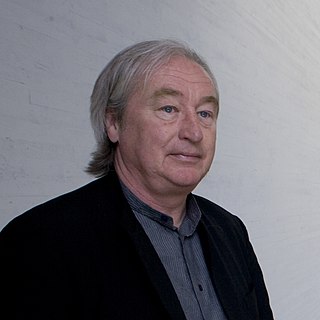
Steven Holl is a New York–based American architect and watercolorist.

Alberto Campo Baeza is a Spanish architect and Full-Time Design Professor at the Escuela Técnica Superior de Arquitectura de Madrid from 1986 to 2017. He retired the same year. He has built a selected number of awarded buildings.
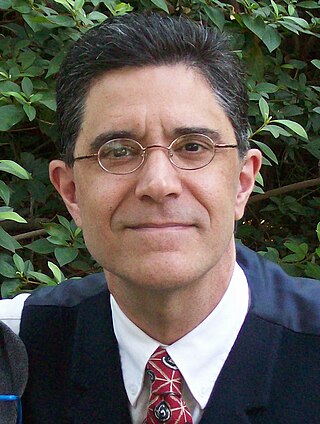
Roberto Refinetti is a behavioral physiologist and higher-education administrator. He is best known for his book Circadian Physiology and is ranked in the top 2% of scientists in the world.
Thomas Alvin Wehr is an American psychiatrist, research scientist, and author. He is a scientist emeritus and former chief of the Clinical Psychobiology branch of the National Institute of Mental Health (NIMH).

Light in school buildings traditionally is from a combination of daylight and electric light to illuminate learning spaces, hallways, cafeterias, offices and other interior areas. Light fixtures currently in use usually provide students and teachers with satisfactory visual performance, i.e., the ability to read a book, have lunch, or play basketball in a gymnasium. However, classroom lighting may also affect students' circadian systems, which may in turn affect test scores, attendance and behavior.
The Daylight and Building Component Award is presented annually to an individual, or group of individuals, who have contributed significantly to the technical, social, artistic or design-related understanding of daylight. Previous awardees include architects, scientists, artists and building professionals, and the award carries with it a prize of 100,000 Euro. The award was established in 1980 and is given by the VELUX Foundation.
The Villum Foundation ; formerly Villum Kann Rasmussen Foundation was set up in 1971 by civil engineer Villum Kann Rasmussen (1909–1993). 10 years later, he set up the Velux Foundation. Rasmussen was the founder of VELUX and Velfac, Danish window companies. Both foundations are part of VKR Holding A/S, owned by the Rasmussen family and the Villum Foundation, which is the main shareholder.
James Carpenter is an American light artist and designer.
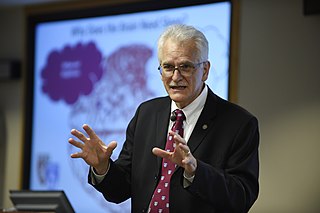
Charles Andrew Czeisler is a Hungarian-American physician and sleep and circadian researcher. He is a leading researcher and author in the fields of the effects of light on human physiology, circadian rhythms and sleep medicine.
Michael Terman is an American psychologist best known for his work in applying the biological principles of the circadian timing system to psychiatric treatments for depression and sleep disorders. This subspecialty is known as Chronotherapeutics.
Till Roenneberg is a professor of chronobiology at the Institute of Medical Psychology at Ludwig-Maximilian University (LMU) in Munich, Germany. Roenneberg, in collaboration with Martha Merrow, explores the impact of light on human circadian rhythms, focusing on aspects such as chronotypes and social jet lag in relation to health benefits.
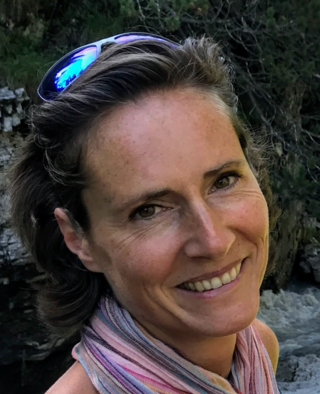
Marilyne Andersen is a Full Professor of Sustainable Construction Technologies and former Dean of the School of Architecture, Civil and Environmental Engineering of EPFL. She is heading the Laboratory of Integrated Performance in Design that she launched in 2010. Before joining EPFL as a faculty, she was an associate professor in the Building Technology Group of MIT’s School of Architecture and Planning and the head of the MIT Daylighting Lab that she founded in 2004.
The Society for Research on Biological Rhythms (SRBR) is a learned society and professional association headquartered in the United States created to advance the interests of chronobiology in academia, industry, education, and research. Formed in 1986, the society has around 1,000 members, and runs the associated academic journal, the Journal of Biological Rhythms. In addition to communicating with academic and public audiences on matters related to chronobiology, the society seeks to foster interdisciplinary exchange of ideas and advocates for the need for funding and research in biological rhythms to guide the development of related policies.
Martha Merrow is an American chronobiologist. She currently chairs the Institute of Medical Psychology at the Ludwig Maximilian University of Munich. Her career focuses primarily on investigating the molecular and genetic mechanisms of the circadian clock. Since joining the Ludwig Maximilian University in 1996, Merrow has investigated molecular and genetic mechanisms of the circadian clock as well as daily human behavior and medical psychology.
Ken-Ichi Honma is a Japanese chronobiologist who researches the biological mechanisms underlying circadian rhythms. After graduating from Hokkaido University School of Medicine, he practiced clinical psychiatry before beginning his research. His recent research efforts are centered around photic and non-photic entrainment, the structure of circadian clocks, and the ontogeny of circadian clocks. He often collaborates with his wife, Sato Honma, on work involving the mammalian suprachiasmatic nucleus (SCN).
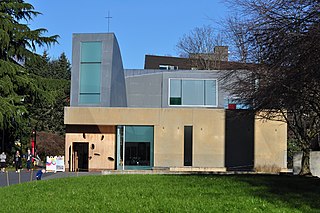
The Chapel of St. Ignatius is a Jesuit chapel on the Seattle University campus in the U.S. state of Washington, completed in 1997. The design earned Steven Holl Architects a Twenty-five Year Award from the American Institute of Architects. A scale model of the building is in the permanent collection of the Museum of Modern Art in New York City.
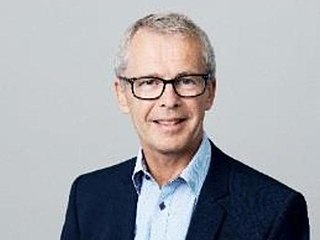
Thomas Sinkjær R is a Danish scientist and professor of neuroscience and technology at the Department of Health Science and Technology of Aalborg University, Denmark. He is the Secretary General of the Royal Danish Academy of Sciences and Letters and an elected fellow of the Danish Academy of Technical Sciences.
The Swiss Architectural Award is an international architecture award.









